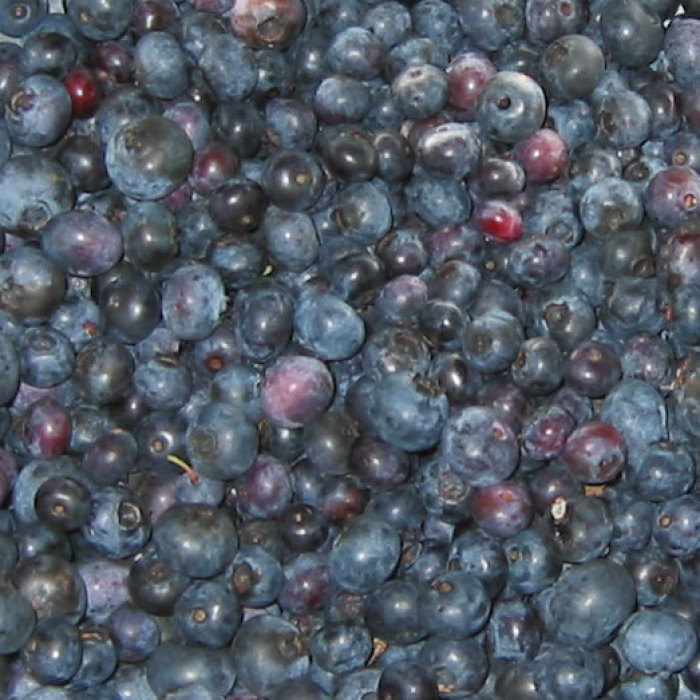
Years ago, when I first read about edible landscaping, the concept had enormous appeal. Gradually I acquired an assortment of berries, fruit trees, and fruiting shrubs and vines. The goal was to have fruit during the entire growing season, from June (strawberries) to October (northern kiwi). But in the middle of the summer, there’s a lot of overlap. Right now, for example, I’ve got blueberries, blackberries, raspberries, and wineberries to pick. I also have a full-time job (!) and a large vegetable garden. Here’s how I cope when I’m buried in berries and veggies:
Prioritize, and pick accordingly
A daily visit to your garden will tell you at a glance what’s ready to eat. Ripe raspberries need to be picked at peak ripeness; by the next day, you might as well leave them for the birds. Ripe blueberries, on the other hand, remain tasty for three or even four days. Wineberries and blackberries can go for maybe two days. Vegetables, in general, are more forgiving than fruit, with the possible exception of broccoli. In my garden, unpicked florets tend to flower in a day or two, so I like to use them when I see them. But don’t leave your beans, peas, and tomatoes on the vine for days on end. If you do, the plants will stop producing.
Eat some now, preserve some for later
Canning, drying, and freezing are some of techniques gardeners use to “put food by” for fall and winter use. Berries, herbs, and vegetables can all be preserved at the height of ripeness.
Plan meals around what’s ripe
Enjoy each vegetable when it’s at peak flavor. Find different ways to serve the same ingredient. If you need recipe ideas, you’ll find lots on our sister site, FineCooking.com. Mouse over the Recipe tab at the top of the page to see some of the categories, or use the search box and then limit the results to recipes.
Entertain, and share with your neighbors
You don’t need to be a fancy cook to create fine meals with food grown at home. Even the simplest recipe is guest-worthy if the ingredients are freshly picked. And if dinner parties aren’t your thing, you can offer surplus produce to the people next door or to a local soup kitchen.
Adjust your garden program for next year
If you’re overwhelmed this year, make a mental note to tinker with next year’s garden plan so you have enough but not too much. You can keep a garden journal to record the details of what you’d like to do differently. If your berry patches are out of control, mow them into submission or share some first-year canes with friends. Adjust the size and timing of your vegetable plantings. Instead of one long row of beans, try a shorter one. Or try small succession plantings every couple of weeks, so your harvest stretches over a longer period.
Bottom line? Overabundance is not such a bad problem to have. Sure, you have to scramble for a few weeks to take full advantage, but it’s pleasant, satisfying work. Your gardening efforts will have paid off, and you and your family can wallow in very fresh, very locally grown food.
Fine Gardening Recommended Products

A.M. Leonard Deluxe Soil Knife & Leather Sheath Combo
Fine Gardening receives a commission for items purchased through links on this site, including Amazon Associates and other affiliate advertising programs.



















Comments
Log in or create an account to post a comment.
Sign up Log in